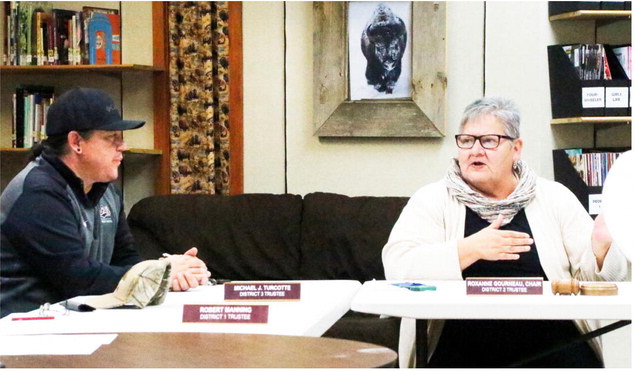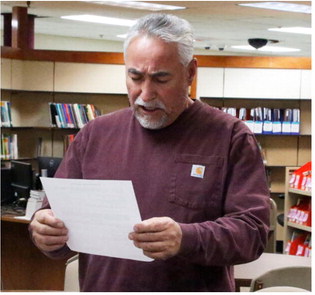MSU Students Travel To Parks For Photography Class
Early on a June morning, about a dozen Montana State University students gather for breakfast at a campground 9 miles from the west entrance to Yellowstone National Park. As they eat, their instructor Jeffrey Conger, a professor in MSU’s School of Art in the College of Arts and Architecture, tells them that Steamboat Geyser erupted overnight, its first major eruption in 56 days.
About 8 a.m., the students head into America’s first national park. They drive straight to the geyser, which is in its steam phase that lasts for hours.
Armed with their cameras and an assignment for the day, the students spread out on the boardwalks and paths and take photos of the loud, steaming geyser. After a while, they load back into the vehicles and head to another location in the park to create more images. Around nightfall, the students will return to their campsite for some much-needed rest.
So it goes in Conger’s summer photography class, Yellowstone Digital. Offered through the School of Film and Photography, the two-week class spends four full days each year in Yellowstone, where students work on a variety of photography techniques. The following week, class members gather in a lab on the MSU campus to edit and critique their work.
“We’re taking advantage of our own resources,” Conger said. “There are not many landgrant universities that are a two-hour drive from a national park. It’s a natural fit for MSU.”
The itinerary depends on what is happening in the park, but throughout the week the class stops at many signature features, including Brink of the Upper Falls, South Rim Trail, Norris Geyser Basin, Grand Prismatic Spring, Old Faithful Inn, Yellowstone Lake and the Lamar Valley, as well as off-the-beaten-path locations Conger has found in his many years of exploration.
Each day, Conger gives several field lectures focusing on a specific skill, like point of view, lighting, exposure or composition.
“Students will learn a skill in the morning over breakfast and then they’ll get to use that skill a thousand times before the sun goes down,” Conger said. “So, the instruction and implementation of that skill is faster, which lends itself to an accelerated learning pace.”
They also go on a hike once a day and have “micro assignments” at each stop. A highlight each year is spending a day with Jim Peaco, the official Yellowstone National Park photographer, who has decades of stories and tips from time spent in the park.
This summer was the 18th time Conger has taught Yellowstone Digital. Students from departments across MSU enroll, though the majority study in the College of Arts and Architecture. Conger said the course is open to any major and for students to be successful, they should have a good working knowledge of their cameras. To aid in peer-to-peer instruction, he said, he groups students together based on the brand of camera they use.
Sophia Veneklasen, a senior photography major, decided to take the summer class to get out of her comfort zone, since she didn’t have much experience in landscape photography or taking portraits outside of studios. One of the Yellowstone class assignments is to take 10 staged portraits of classmates and 10 action shots.
“Jeff gives you a lot of free rein to be able to use your own creativity to your advantage but gives you guidelines to stay within, so that makes it more fun,” Veneklasen said.
She enjoyed the class so much she enrolled in Conger’s other summer class, Teton Digital, which follows a similar format in Grand Teton National Park.
After the national park field study, students return to the MSU campus to spend another week editing their photographs. Conger teaches students how to use software such as Adobe Lightroom and Photoshop, treating them as a digital darkroom to modify the raw digital photo files.
A student may have as many as 3,000 to 5,000 images from a week of shooting and will edit those down to the top 100 and eventually top 10, which are printed. Each student’s five best prints are then shown on the class’s final day during a pop-up reception, which is open to the public. Students receive feedback from their peers and other attendees.
“It’s really cool for everybody else to see everybody’s work and go through an active critique,” Veneklasen said.
This year’s trip to Yellowstone stood out for the Steamboat Geyser eruption and the abundance of wildlife witnessed — the class saw nine bears — according to Conger. During the critique, he was very impressed with the students’ work and how their skills advanced during the summer class.
“The biggest thing is to get them into the world-class scenery with digital equipment and push their creative abilities to the next level,” Conger said.

